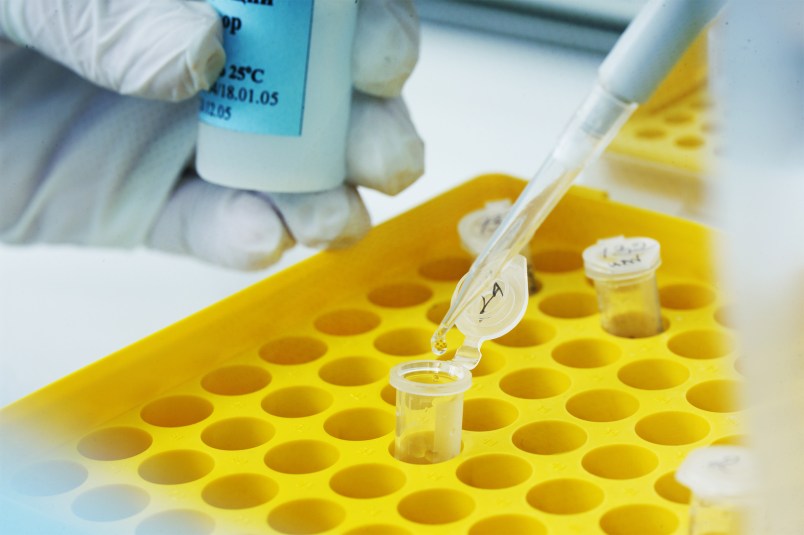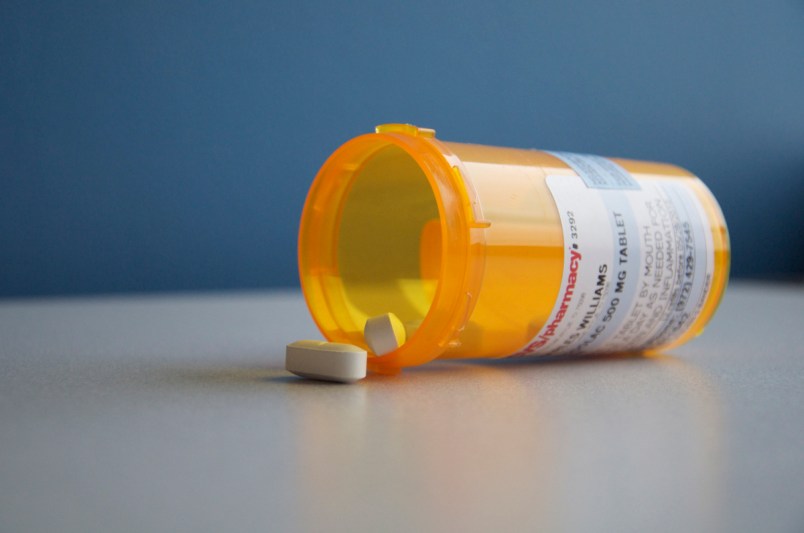Carolyn Elizabeth Hill, 75, suffers from high cholesterol, high blood pressure and low calcium levels. But she doesn’t let these ailments affect her quality of life. “I don’t let it stop me,” she says, “I just take my medicine and keep going.” To ensure that she’s healthy enough to partake in some of her hobbies—gardening, walking and spending time with her great grandchildren—Hill takes three pills every day.
Carolyn is able to access these prescriptions thanks to biopharmaceutical innovation and Medicare Part D, a government program that provides affordable access to prescription drug coverage for senior citizens and people with disabilities.
“Right now, I’m almost 76 and I can outrun my grandchildren,” she says.
In just over a decade since Medicare Part D was enacted as part of the Medicare Modernization Act, stories like this one are becoming more common. Officially taking effect in 2006, the program has been an overwhelming success. Currently, about 39 million seniors and people with disabilities in Medicare are enrolled and benefitting from Part D, with about 90 percent consistently satisfied with their plans.
Perhaps even more impressive are the two-thirds of seniors who say that, without Part D, they would be unable to afford the medicines they need to maintain a healthy life.
“It doesn’t take away from my hobbies,” Hill notes.
As life expectancy continues to rise at a rapid rate—it’s currently 81 years for women and 76 years for men—older Americans like Carolyn are living with more chronic conditions like arthritis, Alzheimer’s, cardiovascular disease and diabetes. To face these challenges, biopharmaceutical research companies currently have 435 medicines in their pipelines that target the 15 diseases most prevalent among seniors. There are currently 110 treatments in development for diabetes, a disease that affects 10.9 million Americans age 65 and older, and 67 treatments for Alzheimer’s, which could affect 15 million people by 2050 if new medicines aren’t developed.
Part D gives seniors affordable access to these new, cutting-edge
medicines through a competitive, market-based program where private plans vie
for enrollees based on premiums and coverage. As a result, average monthly
patient premiums have remained relatively stable, with 2015 average premiums
expected to be $32 a month. There is also extra help available for low-income beneficiaries to access medicines at an even lower cost.
Because of the program’s competitive structure, it is one of the few government programs to continually beat budget estimates. Most recently, the Congressional Budget Office (CBO) reduced its 10-year baseline forecast for total Part D spending by $56 billion in 2014. This reduction follows three consecutive years in which CBO annually lowered its 10-year Part D forecast by more than $100 billion. Additionally, Part D shows how greater access to prescription medicines and increased adherence can help reduce costs across all health care expenditures, according to CBO.
Biopharmaceutical researchers across American continue to work together for people like Carolyn Hill, making sure they have access to the treatments they need at prices they can afford.
“I’m taking it so I can keep living to be 100 years old,” she says.






